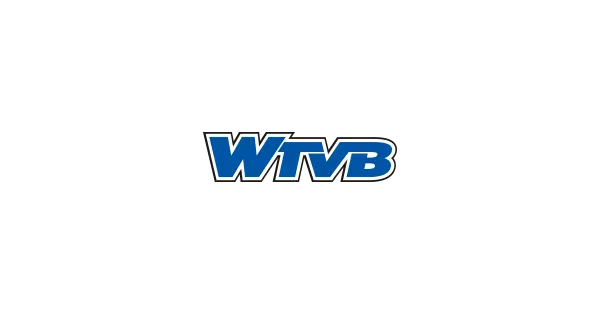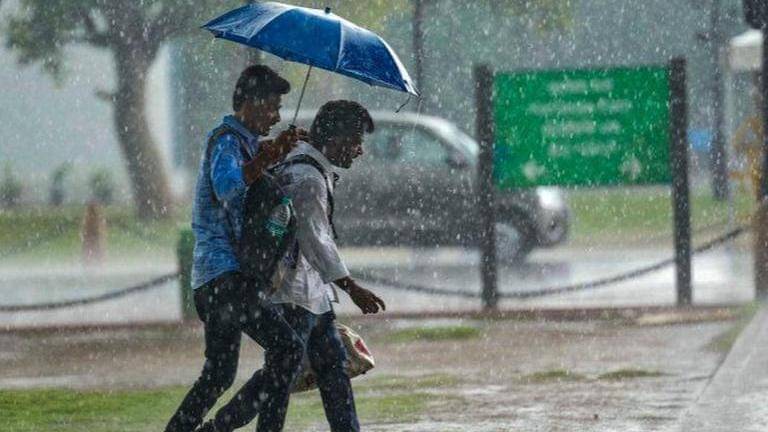
- Select a language for the TTS:
- UK English Female
- UK English Male
- US English Female
- US English Male
- Australian Female
- Australian Male
- Language selected: (auto detect) - EN
Play all audios:
© Tim Scrivener Livestock farmers in a nitrate vulnerable zone (NVZ) have until the end of December to apply for a derogation that allows them to spread higher rates of manure than currently
allowed. Land that falls within an NVZ has a standard limit of 170kg/ha of nitrogen from manure over the whole farm. However, Defra allows farmers to apply for an annual derogation, which
allows them to apply up to 250kg/ha, if they meet certain conditions. See also: 10 most common cross compliance breaches and how to avoid them Evie Price, technical adviser for consultant
Cross-Compliance Solutions, said only farmers with 80% of the agricultural area of their holding in grass were eligible for the grassland derogation. The manure to be spread over the farm
must also come from grazing livestock, which Defra defines as cattle, sheep, deer goats and horses. The application for the derogation itself was made to the Environment Agency (EA) and
could be done online or over the telephone, said Ms Price. “It is fairly simple. If you call them, they will tell you over the phone whether you have been approved.” FOLLOW-UP APPROVAL
NOTICE A follow-up approval notice would also be sent out which the farmer must sign and return to the EA by 31 January. This detailed the extra rules and record-keeping requirements
expected of farmers who were granted the derogation. According to Defra guidance notes, taking advantage of the derogation results in tighter restrictions on the ploughing up of grassland
and on the crops that farmers are allowed to grow in rotation with grass. Farmers must also submit a fertilisation account to the EA by the 30 April in the year following the derogation.
This account must detail the cropping on the farm, number of livestock, amount of nitrogen and phosphate they produce, amount of manure brought on or sent off the farm and stocks of all
artificial fertiliser. Farmers must apply for the grassland derogation on an annual basis.







